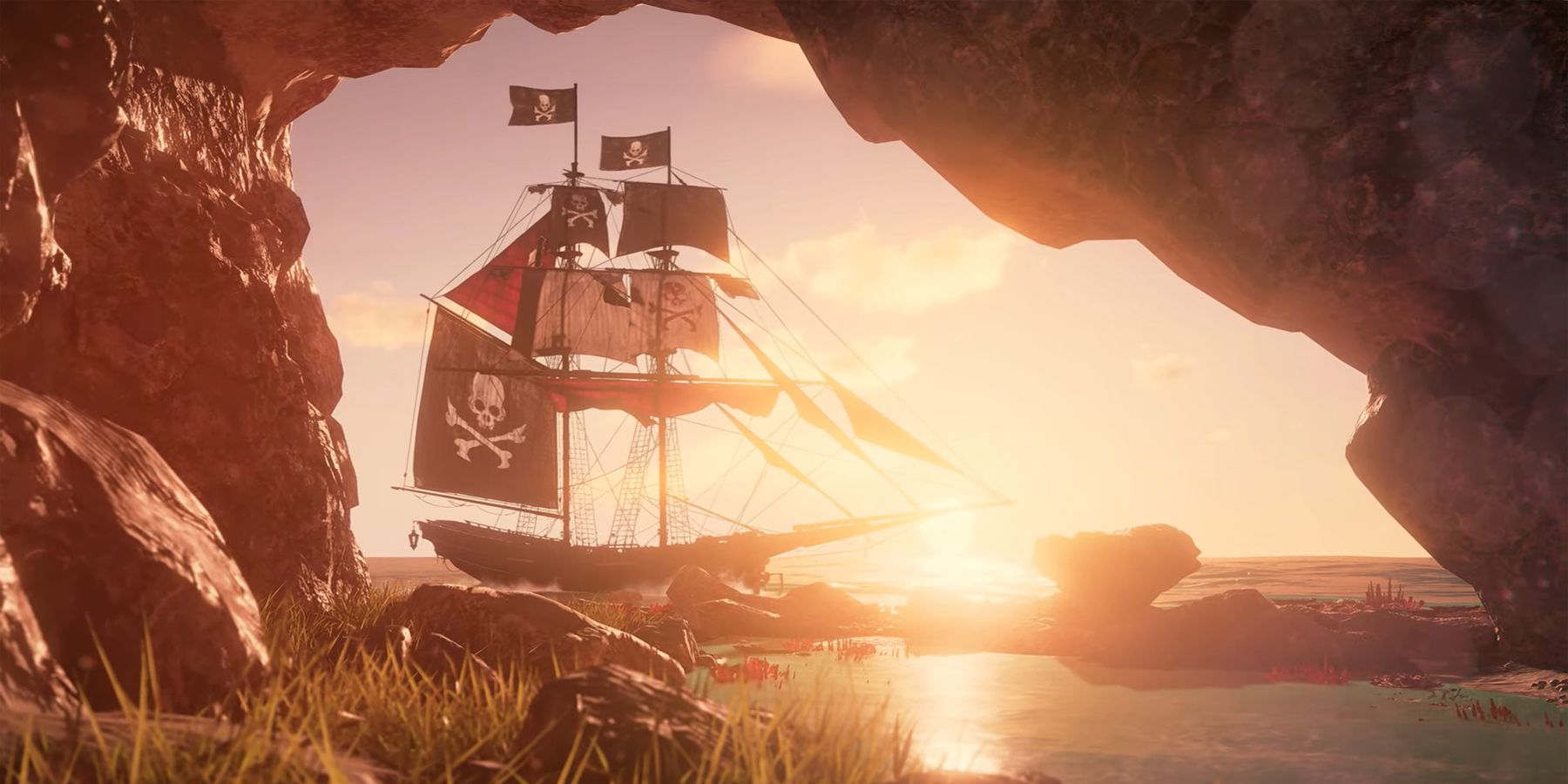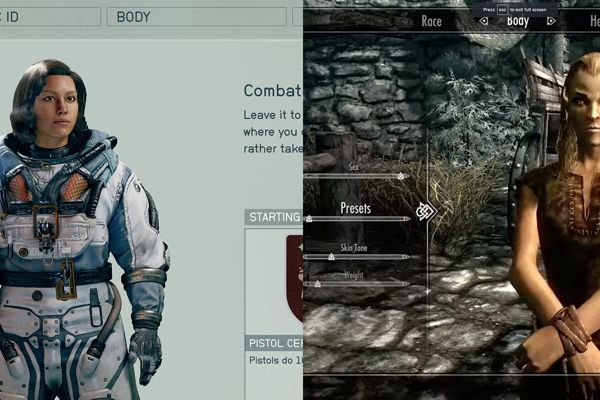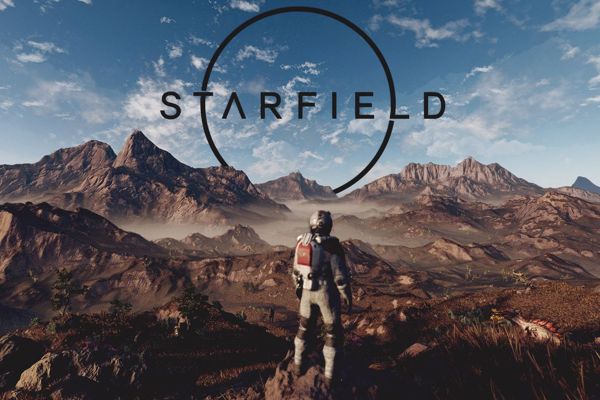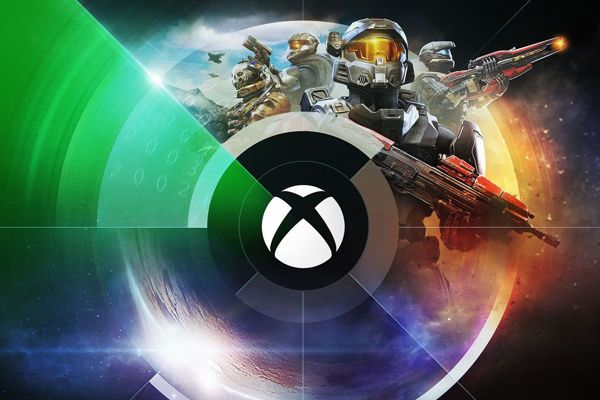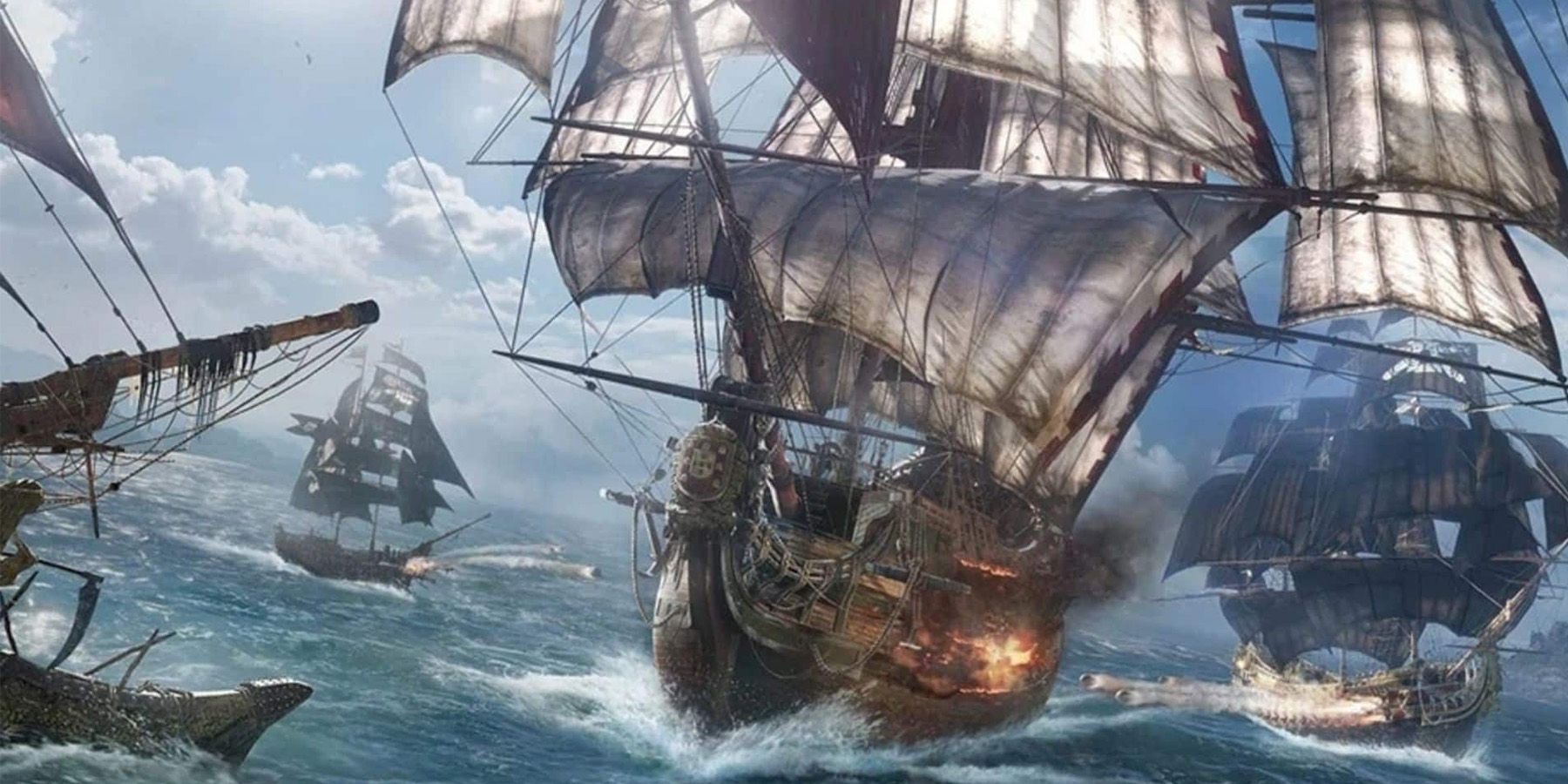
Master the Galaxy: Starfield's Epic Space Combat Trumps Skull and Bones

Starfield's thrilling space combat sets a new standard, making it a perfect blueprint for Ubisoft's Skull and Bones to emulate and enhance the player experience
Bethesda has unveiled a comprehensive overview of Starfield's features at the Starfield Direct event, and it promises to be an exhilarating adventure. Catering to the desires of Bethesda RPG enthusiasts, the game effectively utilizes its fresh sci-fi backdrop. One particularly impressive aspect of this new setting is the inclusion of space combat, which could potentially inspire Ubisoft's Skull and Bones to incorporate similar elements.
Although Skull and Bones is not a sci-fi game, nor does it aim to be an expansive RPG, it should not overlook the potential benefits of Starfield. Both games allow players to immerse themselves in the life of a pirate, albeit in distinct environments, and each approaches the concept with its own distinct approach. While one game offers a wide range of intense combat encounters, the other seems to rush players through various scenarios, depriving them of actively participating in pirate escapades. With a few adjustments, Skull and Bones could bridge this gap and provide players with a more dynamic experience.
Skull and Bones Should Follow Starfield's Lead
Players will have the freedom to engage in illegal activities of their choice in Starfield, although the game's world and story do not revolve around the pirate life. Similar to previous Bethesda RPGs, Starfield allows players to shape their own identity within the expansive galaxy and determine how they interact with its diverse inhabitants. However, even if players opt to roleplay as pirates, they cannot guarantee complete safety from combat encounters.
While exploring the vastness of space in Starfield, players can engage in ship-to-ship combat, either initiating attacks or defending against aggressors. Armed with a variety of weapons on their own ships, players have the ability to strategically target specific parts of enemy vessels, disabling or destroying them. Successfully disabling an enemy ship grants players the opportunity to breach and board it. This is not a mere cutscene or message; players must physically navigate the enemy ship and eliminate any obstacles in their path. Although this endeavor may present challenges, the potential rewards make it a risk worth taking.
Ubisoft's pirate game, Skull and Bones, offers combat on the high seas that is reminiscent of Assassin's Creed 4: Black Flag. Players can utilize various cannons to target the weak points of their enemies, with the goal of sinking or disabling them. If successful, players can board the disabled ship, although this is done through a simple cutscene with no actual interaction. This lack of engagement leaves much to be desired for players.
In comparison, although Skull and Bones and Starfield are different games, their ship combat shares similarities. Both games allow players to control a ship and target the weak points of their enemies. Starfield's targeting system may be more advanced, but Skull and Bones' version is still effective. However, the boarding process sets the two games apart significantly. Unlike Skull and Bones, Starfield enables players to actively engage in the boarding process, providing a more immersive experience.
Skull and Bones, currently in development for PC, PS5, and Xbox Series X/S, could greatly benefit from allowing players to manually board enemy ships, a feature that was successfully implemented in Assassin's Creed 4: Black Flag back in 2013 and is set to be included in Starfield in 2023. However, it seems that Skull and Bones is moving away from this aspect of gameplay, which could significantly enhance the combat experience in a pirate-themed game. Despite the potential improvement it could bring, it remains uncertain whether it is feasible to make such changes at this late stage of development.
